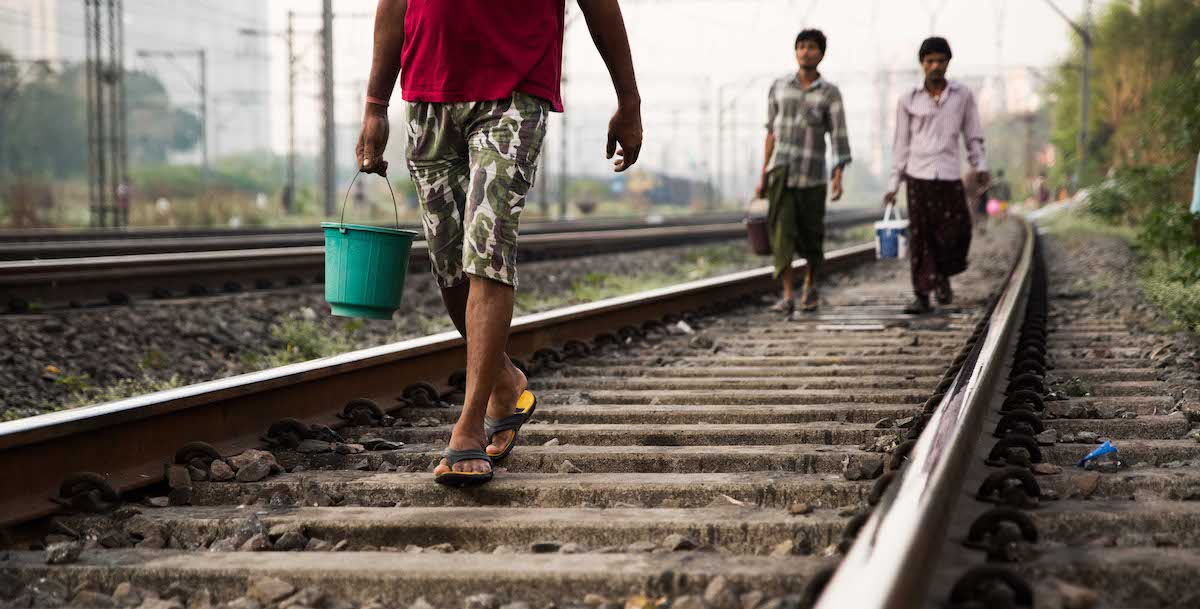- Originally published in: India Forum
- Authors: Sangita Vyas, Aashish Gupta, Nazar Khalid, Payal Hathi, Nikhil Srivastav, Diane Coffey.
---
In a context in which many households either wanted a very costly latrine or no latrine at all, how did the SBM accelerate the reduction in open defecation so dramatically? Why does the government’s monitoring system claim that open defecation is nearly eliminated when the new data show that between 40 and 50% of people in four key states still defecate in the open? What challenges might post-SBM sanitation programmes face?
In this article, we draw upon 156 qualitative interviews conducted with village and block-level officials in Rajasthan, Madhya Pradesh, Bihar, and Uttar Pradesh, as well as on new quantitative survey data, to answer these questions. We find that local officials used coercion to achieve latrine construction; that they were under substantial pressure from higher-ranking government officials; that they often organised contractors to construct latrines; that construction occurred quickly, at different times in different places; that the ODF declaration process did not ensure that villages were in fact open defecation free; and that although the SBM taught officials about twin pit latrines, the adoption of this safe, affordable technology by villagers was nevertheless limited.
These findings fill important gaps in today’s policy debates. Despite the fact that improving rural sanitation is critical to both improving health and spurring economic growth in India, and despite the nearly Rs 34,000 crore that were allocated to the SBM-Gramin between 2014 and 2018 (Accountability Initiative 2018), surprisingly little has been written about how the SBM operates in villages. Understanding SBM implementation is important both for public accountability and to inform future sanitation programmes.
Read the full article here.

